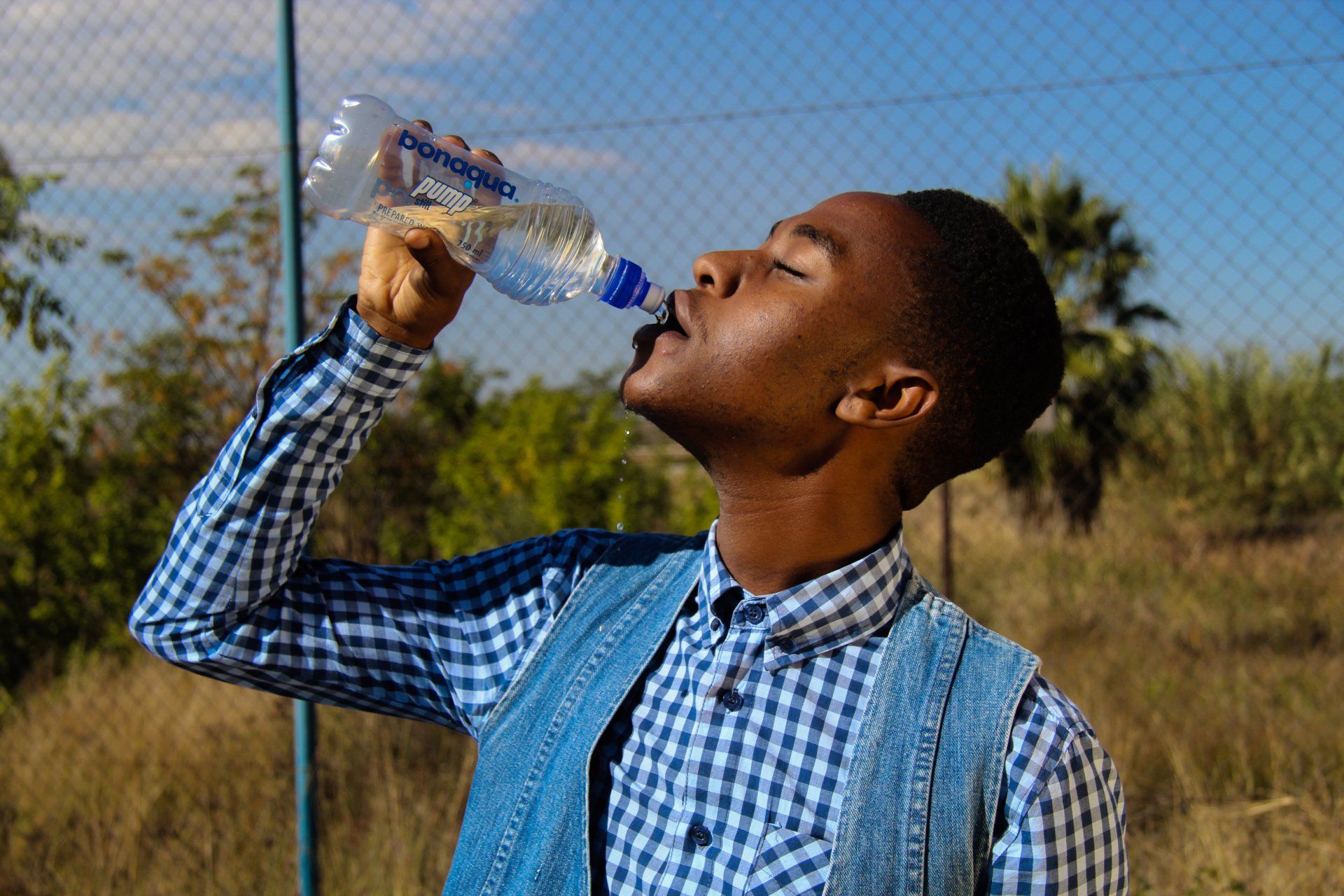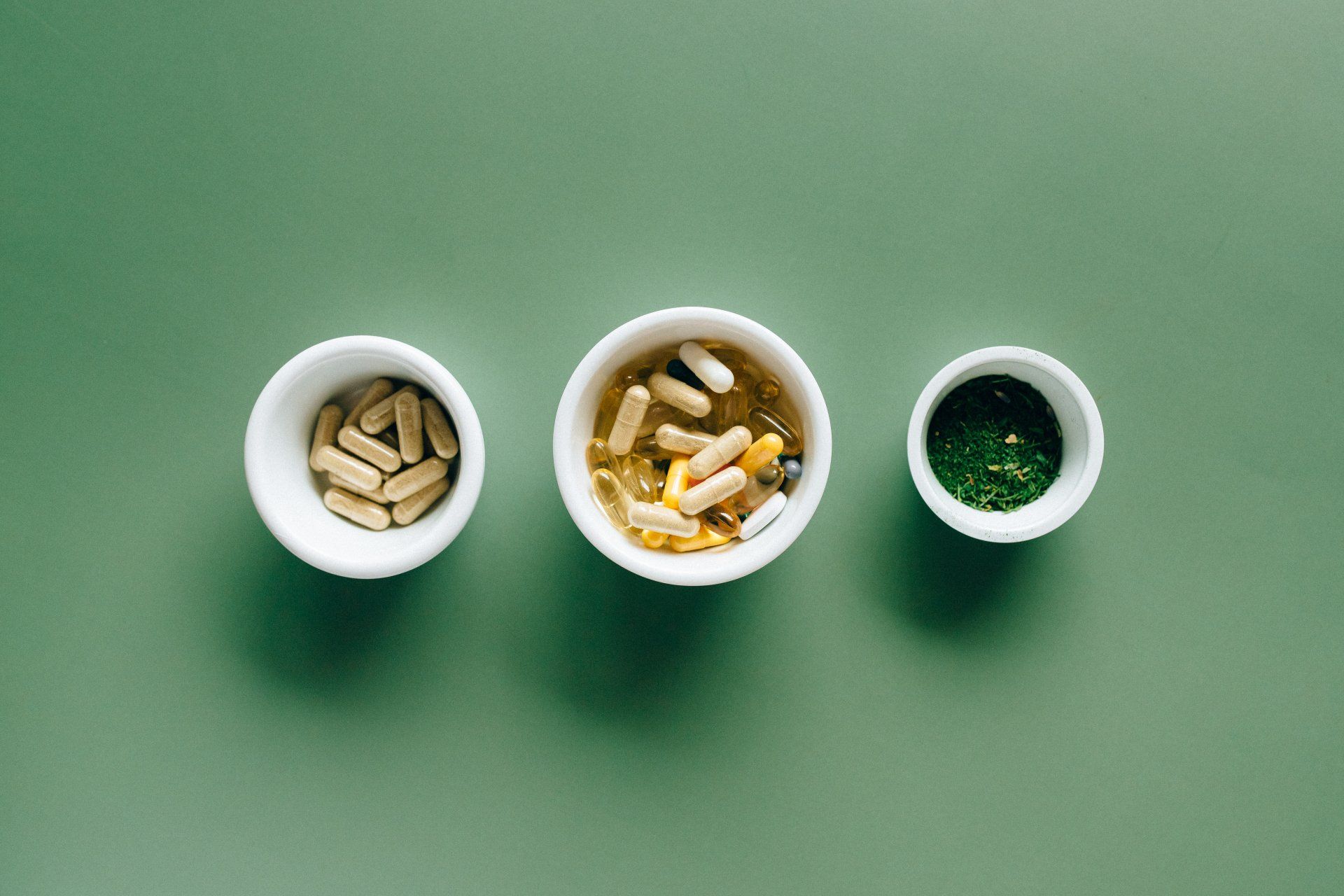Cardiac Arrest: Treatment and Prevention
Cardiac Arrest, Part 3

The terms "cardiac arrest" and "heart attack" are often used interchangeably, but they are not the same thing.
A cardiac arrest is when the heart stops working abruptly.
A cardiac arrest is an electrical conduction problem. The heart's electrical system stops working as it should and can either go into an ineffective rhythm (the heart is quivering instead of pumping effectively), or the electrical impulses may stop entirely.
It can occur in an otherwise healthy person, or you may have noticed warning signs.
In a heart attack, a blockage in the coronary arteries (the arteries that supply blood to the heart) prevents oxygen from reaching the heart muscle, leading to muscle death if not treated.
The heart muscle begins to die without oxygen, but the heart has not quit working.
A heart attack is a circulation problem.
A heart attack can lead to a cardiac arrest, but they are not the same thing.
My first cardiac arrest post covered the causes and risk factors of cardiac arrest.
Read this post covered triggers, signs and symptoms, and what to do if you witness a cardiac arrest.
This post will cover cardiac arrest treatments and prevention
How is a cardiac arrest treated?
If you survive a heart attack outside of the hospital, run to determine what caused your cardiac arrest. Your doctor will admit you to the hospital, run tests to determine the cause of your cardiac arrest, and treat you based on the test results. This may include oxygen, an angioplasty, heart surgery, or an implanted defibrillator devise (similar to a pacemaker) to prevent another cardiac arrest.
How can I prevent a cardiac arrest?
Coronary artery disease is the most common cause of cardiac arrest.
Decreasing your risk for coronary artery disease will lessen your chances of cardiac arrest.
- Control your diabetes.
- Don't smoke or use tobacco.
- Eat a balanced, heart-healthy diet.
- Exercise regularly.
- Get plenty of sleep.
- Go to your doctor's appointments and health screenings.
- Maintain a healthy weight.
- Practice stress management.
- Take any medication as prescribed by your doctor.
Take away
Witnessing a cardiac arrest can be a frightening thing; arming yourself with the knowledge and skills to recognize and respond to this medical emergency.
Learn the signs and symptoms of cardiac arrest.
Take a CPR class.
Take note of the AEDs around you, just in case.
Always call 9-1-1 if you witness a collapse, especially if you suspect cardiac arrest.
Coming up next on the blog: Hypertension! AKA, High Blood Pressure....
Questions, comments, or suggestions?
Leave a message or send an email.
Need a medical writer, editor, or proofreader?
Contact me or send me an email.
Thank you for taking the time to read my blog.
Sources:
About Cardiac Arrest | American Heart Association
Causes of Cardiac Arrest | American Heart Association
Cardiac Arrest - Symptoms | NHLBI, NIH
Cardiac Arrest - Causes and Risk Factors | NHLBI, NIH
Cardiac Arrest - Treatment | NHLBI, NIH
Heart disease prevention: Strategies to keep your heart healthy - Mayo Clinic











